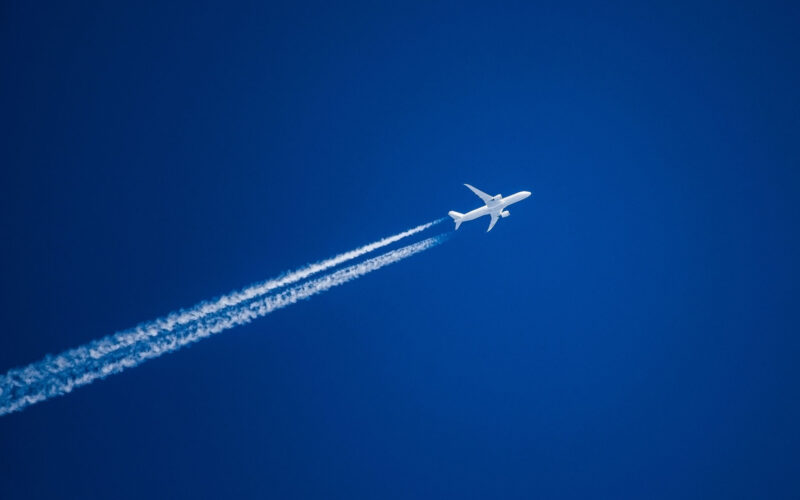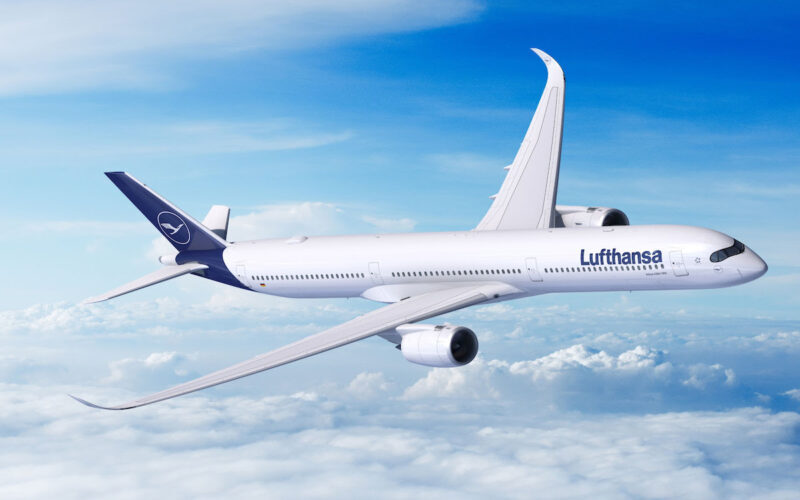How Fast Do Commercial and Private Jets Actually Fly?

Planes are renowned for their impressive speeds, capable of flying at various velocities depending on factors like aircraft type, altitude, and weather conditions. Speed in aviation is typically measured in miles per hour (mph) or Mach numbers, which gauge speed relative to the speed of sound.
To delve into the speeds at which planes fly, let’s examine commercial and private jet velocities.
Different Methods of Aircraft Speed Measurement
Two primary categories of speed measurement are ground speed and airspeed. Ground speed represents an aircraft’s velocity relative to the ground below. In aviation, airspeed is the more common measurement and is usually expressed in knots (kt), with one knot equivalent to 1.15 mph. This measurement accounts for the aircraft’s velocity relative to the surrounding air, essential for safe and efficient flight.
The two main types of airspeed are indicated airspeed (IAS) and true airspeed (TAS). Indicated airspeed is displayed on the aircraft’s instrument panel and relies on the pressure difference between the pitot tube and static port. However, indicated airspeed may not always accurately reflect the aircraft’s true velocity due to instrument errors and atmospheric conditions.
Hence, true airspeed represents the actual speed of the aircraft relative to the surrounding air, independent of instrument errors or other factors. It is determined by adjusting the indicated airspeed for temperature and altitude, typically measured in knots (kt) or mph.
Velocity of Planes
Mach and mph are distinct units of speed measurement. Mph is commonly used to gauge the velocity of ground vehicles and aircraft, denoting the distance an object covers within an hour. Mach number, on the other hand, compares an object’s speed to the speed of sound.
The speed of sound, known as Mach 1, is approximately 767 mph (at sea level and a temperature of 68 degrees Fahrenheit). Therefore, Mach 0.85, the typical cruising speed for commercial airliners, indicates that the aircraft is traveling at 85% of the speed of sound, roughly 646 mph at sea level.
By comparison, the fastest recorded human running speed is approximately 28 mph, significantly slower than the cruising speed of a commercial airliner. Even the slowest takeoff and landing speeds of commercial airliners far exceed the fastest recorded human running speed.
Specifically, commercial airliners typically cruise at speeds of around 550-600 mph or Mach 0.85. Takeoff and landing speeds are considerably slower, ranging between 130-180 mph, varying based on aircraft type and weather conditions. Commercial airliners usually land at speeds of approximately 160-180 mph, while takeoff speeds fall within the range of 130-160 mph.

Fastest Commercial Planes
The Airbus A350-1000, which entered service in 2018, boasts a top speed of Mach 0.89, equating to roughly 683 mph at sea level. This makes it the fastest currently operational commercial plane. Notably, the A350-1000 is renowned for its fuel efficiency and advanced technology, making it a favored choice among airlines.
Another prominent commercial airliner is the Boeing 747-8, introduced in 2011. It reaches a top speed of Mach 0.86, approximately 660 mph at sea level. The 747-8 is the latest variant of the Boeing 747, which has been a popular aircraft for over half a century. Its sizable dimensions and long-range capabilities make it an ideal choice for long-haul flights.
The Concorde, a retired supersonic jet, holds the title for the fastest civilian aircraft ever constructed. Supersonic refers to speeds surpassing Mach 1, the speed of sound. Developed jointly by British Aerospace and the French company Aerospatiale, the Concorde entered service in 1976 and retired in 2003. It achieved speeds of up to Mach 2.04, or slightly over 1,565 mph. This allowed it to complete flights from London to New York in just over three hours, significantly shorter than the average seven-hour duration of other commercial airliners.
Despite its remarkable speed, the Concorde was ultimately retired due to high operating costs, environmental concerns, and safety issues.

Fastest Private Jets
The Gulfstream G700 boasts a maximum cruising speed of Mach 0.925, around 710 mph. With a nonstop range of over 7,000 nautical miles (12,964 km), it proves popular for long-range business travel.
Another notably fast private jet is the Cessna Citation X+, achieving a maximum cruising speed of Mach 0.935, approximately 717 mph. It can cover distances of up to 3,460 nautical miles (6,408 km), ideal for short to medium-range business trips.
The Bombardier Global 8000 currently claims the title of the fastest private jet available, with a maximum cruising speed of Mach 0.94. This long-range aircraft can cover up to 7,900 nautical miles (14,631 km) non-stop, solidifying its position as one of the most capable business jets on the market.
It is important to note that the top speeds of private jets can vary depending on factors like altitude, temperature, weight, and humidity. While private jets are typically designed for high speeds, the actual velocity during a flight may be lower than the maximum achievable speed due to factors such as air traffic control restrictions, turbulence, and weather conditions.
